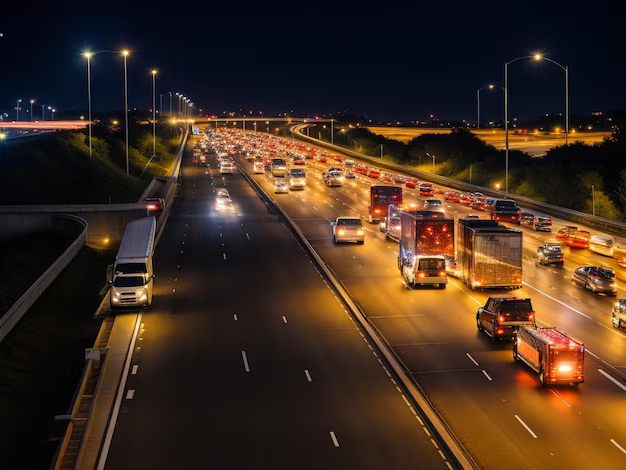Vehicle Classification Systems in the Middle East
The UAE’s vehicle classification system is comprehensive, offering clarity for both drivers and transport planners.

Middle East Vechile Classification
The Middle East is known for its rapidly expanding cities, sophisticated infrastructure, and ambitious transport projects. At the heart of this development lies a critical framework: vehicle classification systems. These systems ensure road safety, regulate licensing, and guide transport policies. The United Arab Emirates (UAE) offers a model vehicle classification system that other nations in the region often reference or align with.
Why Vehicle Classification Matters
Vehicle classification isn’t just bureaucratic—it plays a crucial role in:
Road safety regulation
Traffic management
Insurance categorization
License issuance
Environmental policies
Each class has specific legal obligations around safety, operation, weight limits, and permissible road use.
Key Vehicle Categories in the UAE
1. Heavy-Duty Vehicles
Definition: Vehicles weighing more than 2.5 tons when empty.
Use: Primarily for transporting goods across long distances.
Subcategories:
Private Heavy Vehicles (e.g. construction trucks owned by companies)
Public Heavy Vehicles (e.g. logistics or freight companies)
Regulations: Subject to specific RTA laws on speed limits, road access restrictions, and designated routes
2. Buses
Definition: Vehicles with a capacity of more than 14 passengers.
Types:
Light Buses: Up to 26 passengers.
Heavy Buses: More than 26 passengers.
Licensing: Requires specialized driver training and permits.
3. Tractors & Mechanical Equipment
Not used for carrying passengers or goods.
Classifications:
Track-based machinery
Wheeled equipment under 7.5 tons
Wheeled equipment over 7.5 tons
These vehicles serve in construction, agriculture, and industrial zones, and are regulated under separate safety standards.
4. Cars and Light-Duty Vehicles
Definition: Weigh under 2.5 tons.
Types:
Sedans, SUVs, hatchbacks, minivans
Small buses and passenger vans
Usage:
Private: Subject to standard driving laws and insurance.
Commercial: Includes ride-sharing and delivery services; additional rules apply.
Violations such as speeding or improper use can result in fines of up to AED 2,000.
5. Commercial Vehicles
Definition: Any vehicle used to transport goods or passengers for pay.
Examples: Taxis, delivery vans, logistics fleet vehicles.
Requirements:
Commercial driving license
Commercial vehicle insurance
Maintenance and inspection compliance
6. Special Purpose Vehicles
Definition: Manufacturer-built vehicles under 250 kg designed for individuals with determination (disabilities).
Example: Wheelchair-accessible taxis designed by OEMs.
Note: Retrofitted vehicles after sale are not classified as “special purpose.”
7. Motorcycles
Definition: Two-wheeled vehicles used for commercial or personal use.
Licensing: Requires a motorcycle-specific license in each Emirate.
Use Cases:
Delivery services
Personal transport
Regional Applicability
While the UAE’s system is a standout example, many GCC countries and neighboring Middle Eastern nations use similar classification systems tailored to:
Vehicle weight and dimensions
Purpose of use (private vs. commercial)
Licensing requirements
Safety and emissions compliance
This makes regional standardization efforts easier, especially in cross-border freight and passenger transport.
Testimonials
Honest Reviews from our Customers

Claire Dubois
Germany
“We collaborated with this team for a detailed intersection analysis project in Munich. The turning movement count data was precise, well-documented, and delivered on time.”

12+
Our Legacy
Why Choose Traffic Data Count?
We are your trusted partner in traffic data analysis, offering expert solutions to support smarter urban development and transportation planning. Here’s why clients choose us:
- Accurate & Reliable Data
- Advanced Methodologies
- Timely & Cost-Effective
- Expert Team
Get accurate traffic data analysis today!
Contact us today to schedule a consultation or to learn more about our services.


